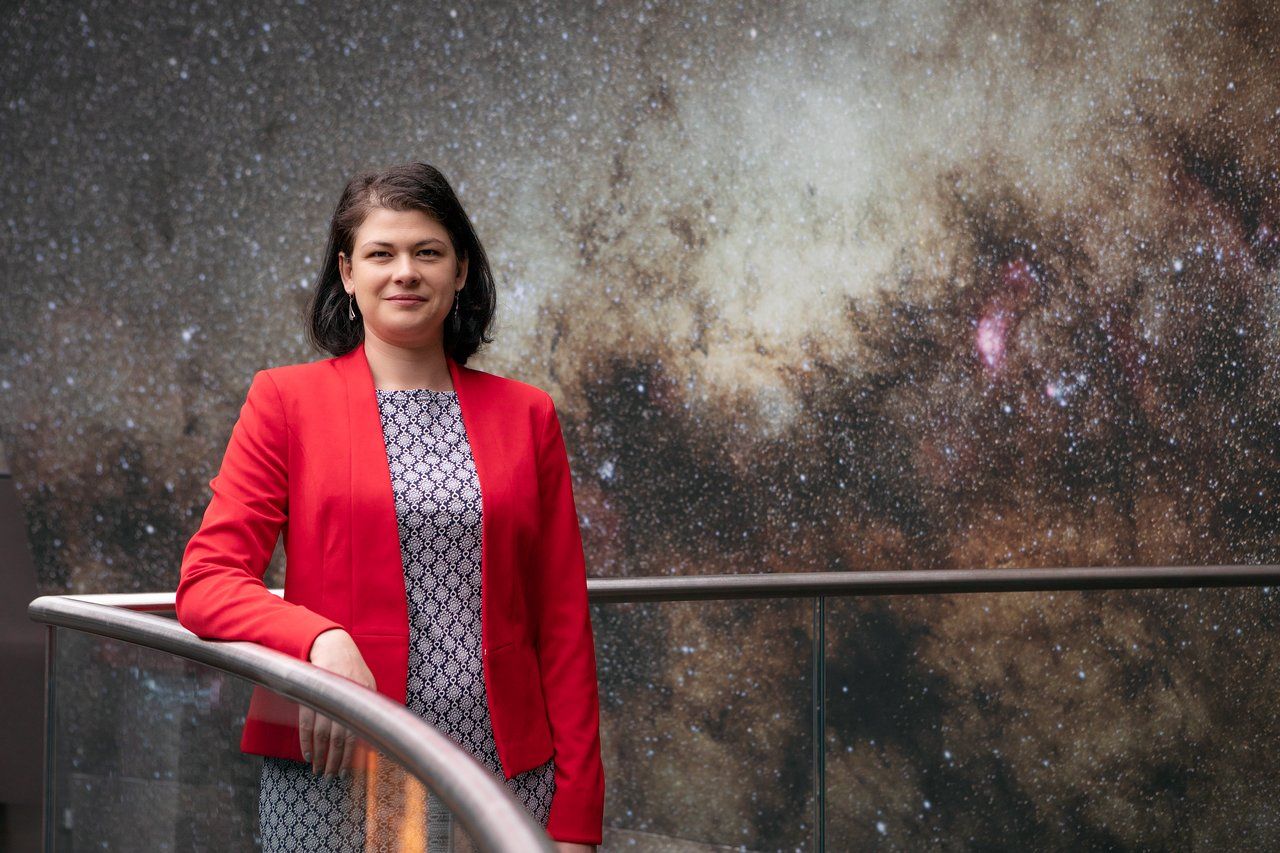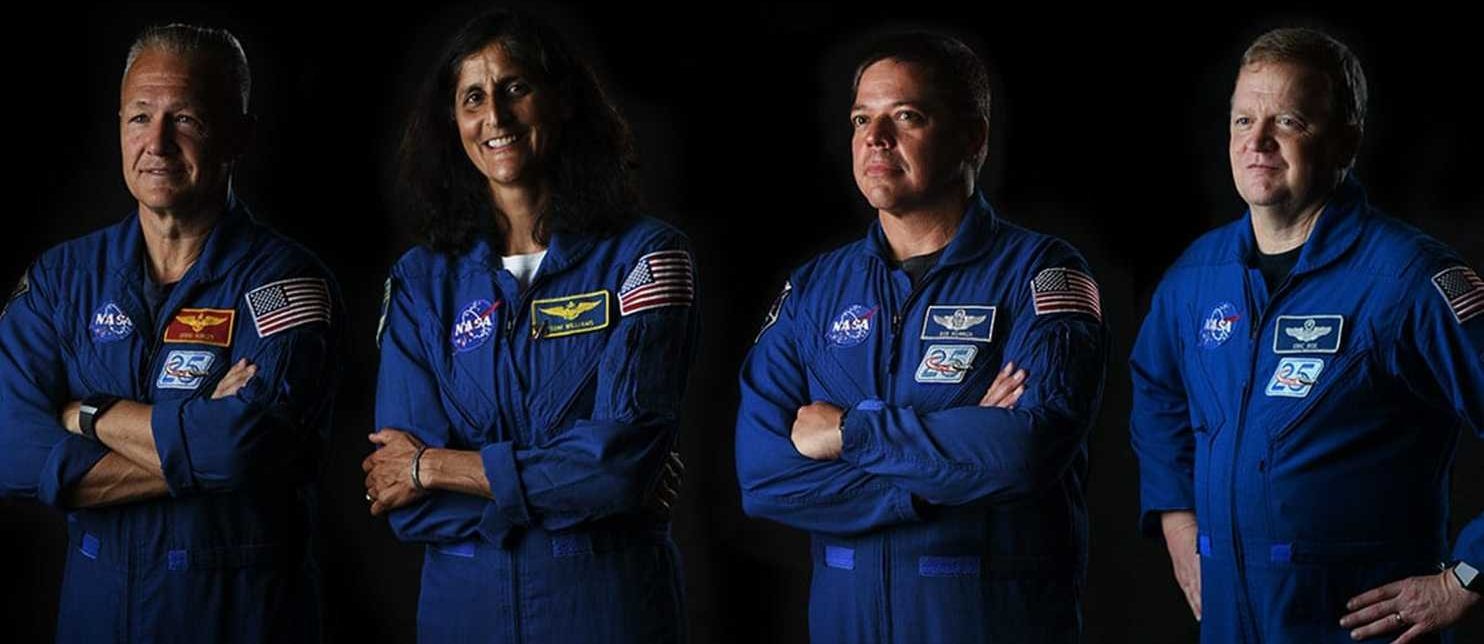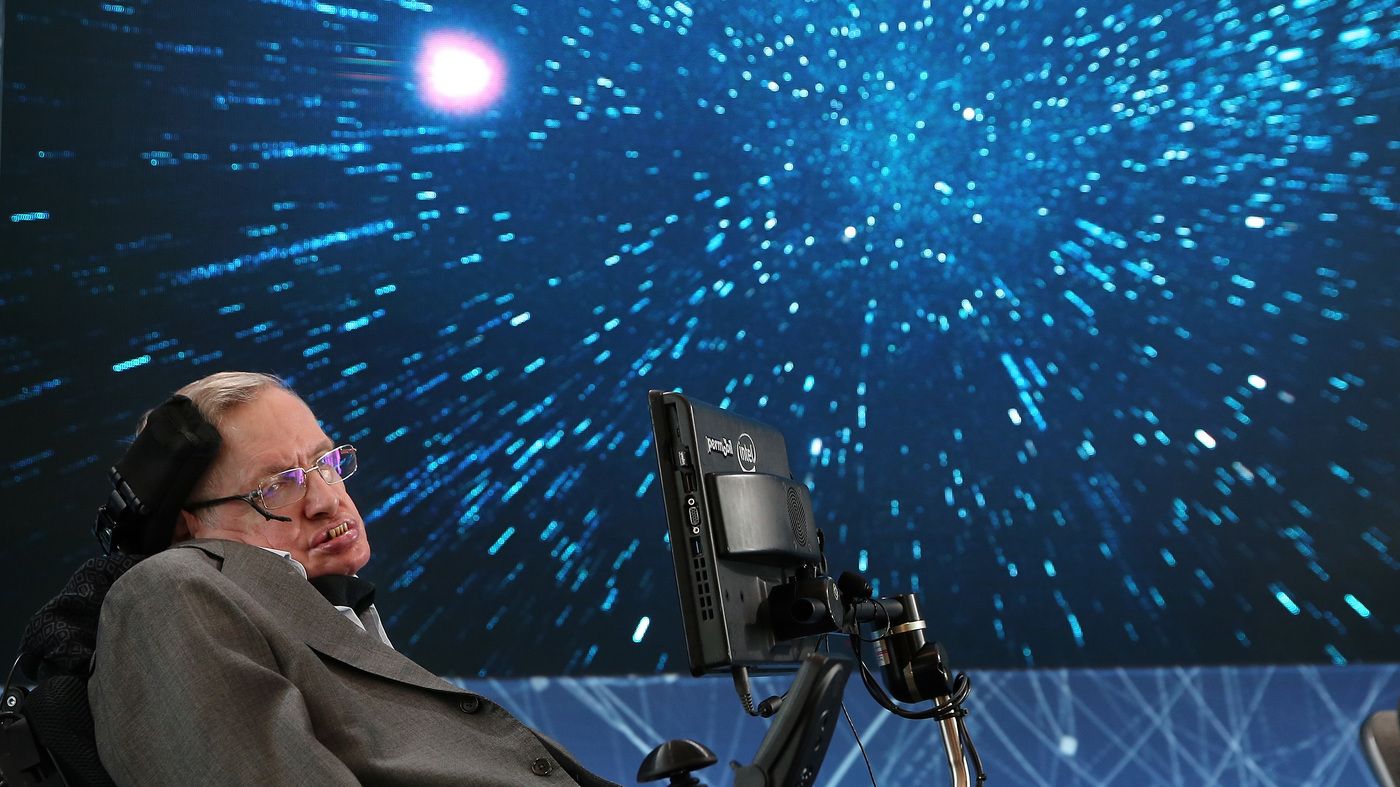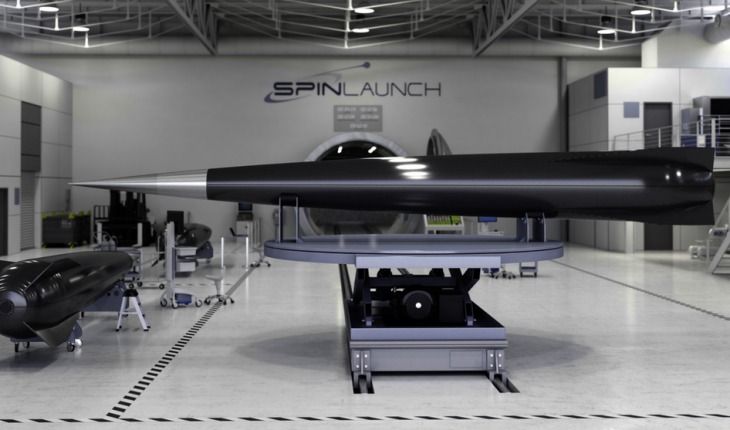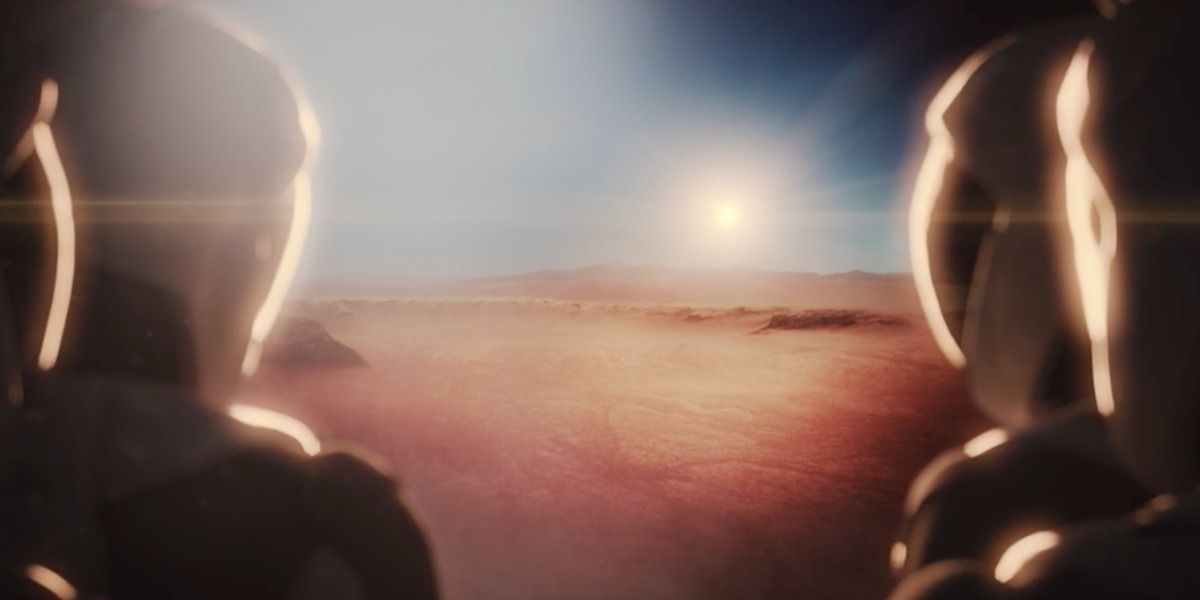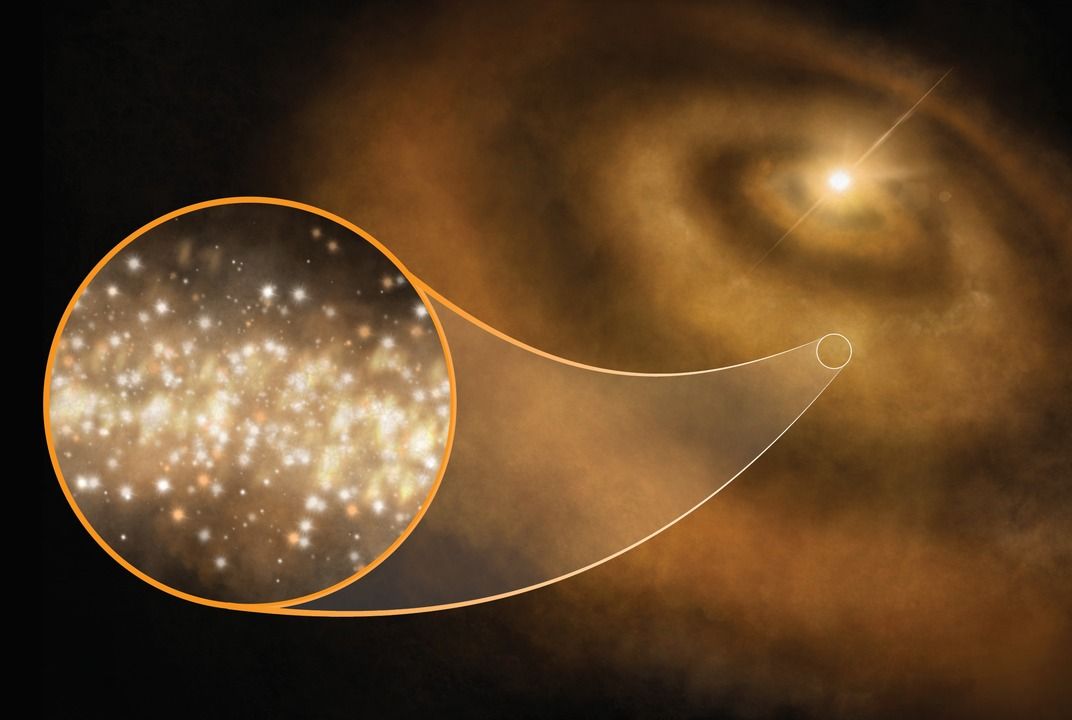One night, as I was putting my daughter to bed and waiting for her to fall asleep, I tried to think of some new markets for space utilization.
We often hear about attempts to find industrial uses for microgravity for growing crystals, for purification of electronic materials (which is an actual thing with ACME Advanced Materials: http://www.a2-m.com/), maybe growth of certain metal foams, etc. However, in space, you’re in both a hard vacuum and not physically resting on anything, so you can spin up something, and it will simply keep on spinning (stably, if you spin it around the correct axis) nearly indefinitely without any additional energy input and no wear on bearings or anything. So in fact, you can get basically any gravity level you want, including HYPERgravity, nearly for free.
What are the applications of this?

